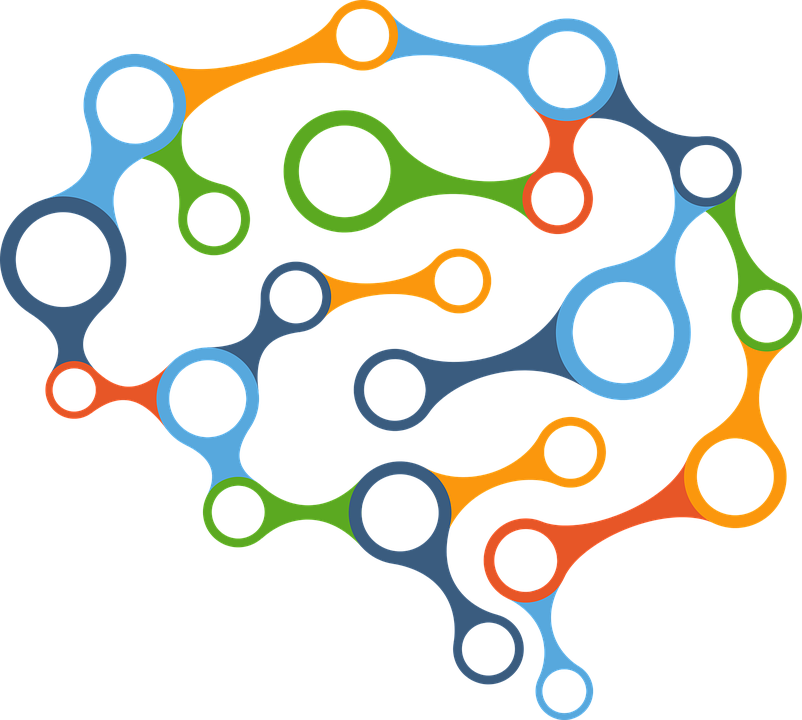Photo courtesy of the Creative Commons.
The Hofstra Department of Psychology invited Dr. Matthew Hall of the University of Massachusetts, Dartmouth to share his research on the development of deaf youth on March 3. His analysis explored the cognitive functions of children with hearing impairments and offered potential research methods to ultimately provide a more efficient way of communicating with hearing-impaired people to promote their development throughout life.
Hall began his presentation by showing a picture of American gymnast Gabby Douglas standing next to her friends. The photo was followed by a second one showing Douglas standing next to a tall man. These examples prompted the audience to first believe that Douglas is tall in comparison to her friends; however, in the next photo she appears to be very short standing next to the taller man. With this, Hall highlighted the concept of contextual interpretation, which is what guided his research hypothesis.
“The way we interpret observations depends on what the salient alternatives are,” Hall said, with “salient alternatives” meaning other approaches that have not yet been explored but have potentially better outcomes.
Using evidence from previous research, Hall noted that deaf children statistically fall under the “normal range” of development, which indicates that there is not much of a problem. Nonetheless, Hall believes that new and updated approaches to this research can reveal more efficient ways of coping with deafness.
“It’s important to consider what our contrast set is. That’s a reminder that there is a global maximum out there we need to look for,” Hall said.
Hall theorized that the stagnancy of improvement in auditory research is because of the approach researchers are taking. He questioned whether the development of deaf children is due to deafness itself or deaf children’s lack of access to language. Hall continued to speculate that being deaf is not a psychological barrier, but how deaf people learn to communicate without spoken language is. To people with hearing impairments, being deaf is normal to them, so it is all about learning how to communicate in a world that primarily uses the spoken word.
Hall referenced multiple types of sign language that are used around the world. Each one focuses on a different area of speech. One of the most notable types of sign language is American Sign Language (ASL).
Other visual languages like Pidgin Signed English (PSE) – the most commonly used variation – has ties to ASL, but it focuses more on the grammatical order of the English language.
“You can see by looking at these systems that they are structured very differently. One has grammar, one has a lot of function words,” Hall said.
Hall concluded his presentation by revealing that he does not have all the answers. The goal of his research was to highlight the fact that researchers have made strides in studying deaf people; however, they may have been looking for answers in the wrong places. “I don’t blame anybody for not being convinced about the evidence put forward,” Hall said, but noted that his hypothesis could change the way deaf people develop and communicate.
“I’ve never actively thought of the impact [of deafness], but I can see how it could present itself as a challenge,” said junior public relations major Mike Marti. “I think if I was born deaf it would be one thing because I would have had all these years to learn how to adapt, but if I became deaf as of right now, it would definitely present itself as a situation I wouldn’t want to be in. But it’s nice to hear that so much research is being done on the subject so deaf children can develop just as well as people who aren’t.”








